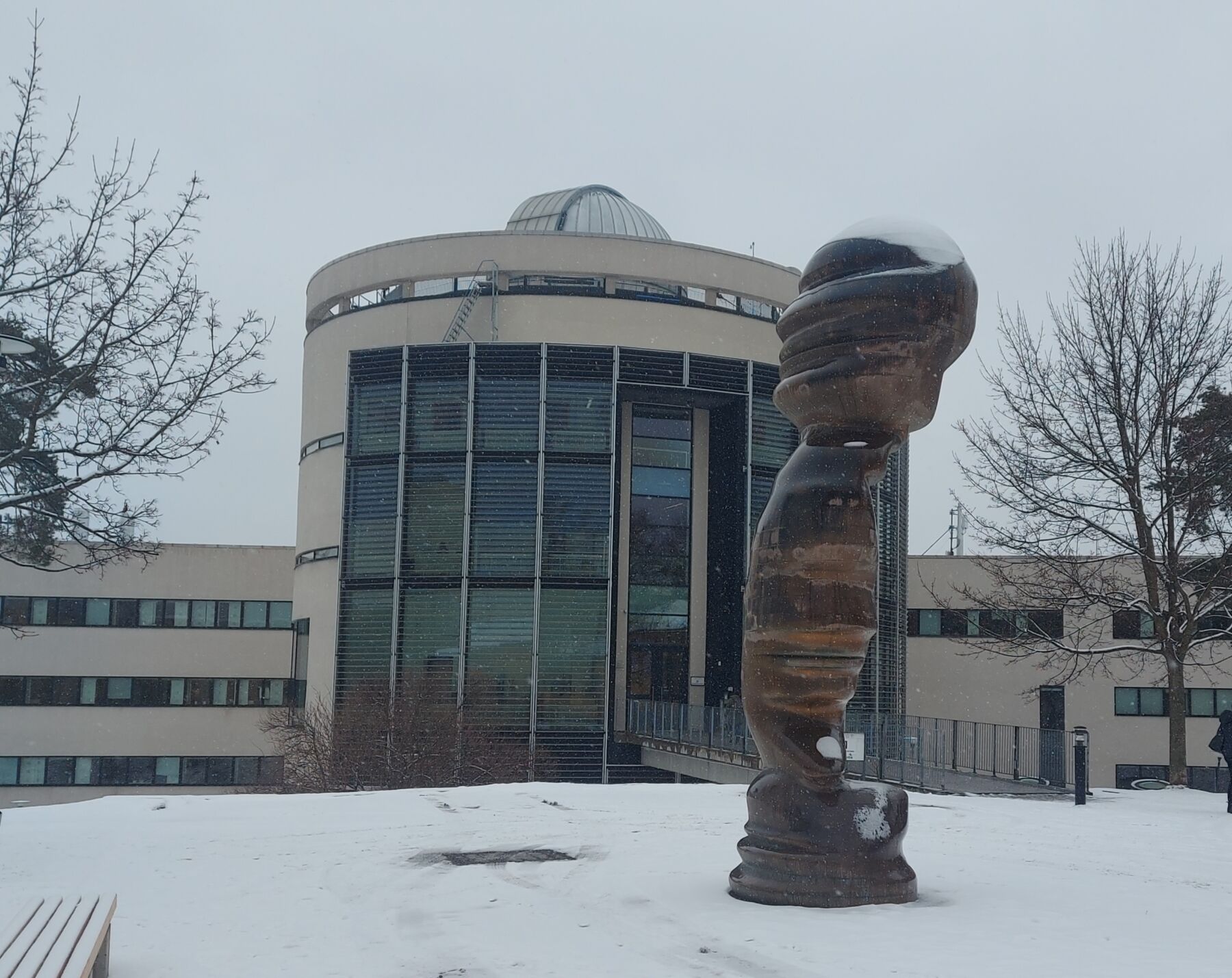Status
Completed
Period
18-28 February 2023
Applicant
Prof. Nevena Ilieva, PhD
Home Institution
Institute of Information and Communication Technologies Institute of Mathematics and Informatics, Bulgarian Academy of Sciences, Sofia, Bulgaria
Host Contact
Prof. Antti Niemi, PhD
Host Institution
NORDITA, Stockholm and Uppsala University, Sweden
Aim of the mission
Topological and geometrical methods are already indispensable in numerous theoretical studies including particle physics, condensed matter physics, and gravity. We aim at building upon our previous research on different aspects of topology and their applications for investigations of topologically nontrivial nanoscale systems and processes in living matter. We want to explore the perspectives for building a bridge between these approaches and the time-crystalline Hamiltonian dynamics. Our starting point will be the recent findings about the existence of both time-crystal and non-time-crystal phases in the case of a piecewise linear closed string with dynamics determined by a Lie-Poisson bracket and Hamiltonian that relates to membrane stability. We plan to exploit the analogy between a rotating molecular machine and the concept of a driven time crystal, a material system that can sustain cyclic motion in response to an external cyclic drive, albeit with a different frequency. Using this analogy, an effective theory description was developed, in combination with all-atom molecular dynamics simulations to show that in the case of a single cyclopropane molecule, the individual atom vibrations can transduce into a uniform and sustainable rotational motion of the entire molecule. We want to further elaborate this concept on more complex cyclic molecules. The STSM is essential to shape our next research endeavour, stepping on the results and experience gained throughout the EUTOPIA COST Action.
Summary of the Results
This STSM was aimed to build upon our previous experience and expertise in the modelling and analysis of the structure and dynamics of nanoscale biological systems. The toolkit, prepared over years, included, on the one hand, the Discrete Frenet Frames (DFF) approach for the description of protein structure, and on the other – the topological folding dynamics model advocated by us. The fully new input comes from the recent investigations on biomolecular motors, in particular in the proposed by the STSM Host and collaborators molecular models that exemplify how universal directed rotational motion can emerge from shape changes, even without angular momentum. The originality of the approach rests upon the novel viewpoint on molecular motors as deformable and not as rigid bodies. The key theoretical prerequisites for this study were the concept of connection in the shape space and the very notion of a time crystal. They allow one to deviate from the conventional approach to biomolecular motors within non-equilibrium statistical mechanics. Within a simple proof-of-concept model – ring molecules, consisting of nine, respectively 42 alanine residues, with a trefoil-knot topology – it was demonstrated how rotational motion arises under biologically relevant conditions and can be modelled as an effective theory time crystal. The theoretical study supported by all-atom molecular dynamics simulations revealed the dynamical consequences of spontaneous symmetry breaking and restoration in these model systems – self-organisation of the individual-atom thermal vibrations into rotational motion of an entire biomolecule, even in the absence of angular momentum. Tackling the real challenge – a step towards an authentic molecular sample, was the focus of the present STSM. As a test bed, the MCoCP4 molecule, obtained by grafting a linear derivative of the CP4 Parkinson inhibitor onto loop 5 of the cyclotide MCoTI-I was chosen (with a PDB ID 1BQ9), based on its size and topology (the molecule consist of 42 amino acid residues and features a trefoil-knot topology), but also on its putative pharmaceutical potential, and the preceding studies on its dynamics on part of the grantee. This task is computationally very demanding and the necessary production runs require dedicated resources. We analysed the generated so far synthetic data on this molecule and also on a set of digital mimics with changes in the grafting position but with preserved overall size and topology, in the Brownian time-crystal setting. The analysis allowed to identify possible pitfalls in the future study and so – to design a consistent research strategy. The main outcome of the STSM is a detailed research program that combines analytical and computational approaches to transfer the extremely interesting results obtained from toy models within a novel concept on biomolecular motors to a real-world example with potential pharmaceutical and socio-economic impact.
Dissemination
We see the potential for applications of the expected results not only in theoretical molecular motor studies but also in drug design – in our first real-world example, in the search for guidelines for the design of cyclic antimicrobial peptides with predefined properties as therapeutic alternatives in bacterial multidrug resistance. In this way, a collaborative platform was set in motion, which builds on our previous results and expertise and has the potential to address a wide range of topics in knowledge and method transfer from physics and mathematics to the life sciences. With all this, the STSM, conceived to chart the course of an entirely new research program at the intersection of topology, physics, molecular biology and computer science, has fully achieved its goals. It opens a new research path and will produce scholarly publications recognizing support for the campaign. Extending EUTOPIA goals beyond the action period will be a further manifestation of its impact on the European research landscape.

